101 Ear Training Tips for the Modern Musician by Christopher Sutton is an eBook that includes 101 tips and suggestions to help you develop your musical ear. It is designed as a simple “coffee style” book giving 101 quick tips and advice that students can incorporate daily. This can be used as daily use for students or by going to whatever topic you want to find a tip for. Most of the tips are activity based.
Because this is an eBook, one unique feature is being able to share favorite tips with others. You can share the tips on Facebook, Twitter, email, etc…
To get a better feel for what you will find in this eBook I thought I would share a tip for each subject.
Examples found in 101 Ear Training Tips for the Modern Musician:
Music Appreciation tip: “A nice way to learn about the various instruments of the orchestra is to listen to a piece of music called ‘The Young Person’s Guide to the Orchestra’ by Benjamin Britten. The piece of music was written specifically to highlight each instrument in the orchestra. It’s a real good way to focus in on the different orchestra sections (strings, woodwind, etc) and listen to the effects they can produce. You don’t have to be ‘young’ to learn something from this piece- it’s great for all ages.”
Practice tip: “Play a musical memory game with your friends: Player A has to sing one note. Player B repeats that note and adds a second one. Player A then has to sing notes one and two and add a third note and so on. You can vary the game in many ways. Each player could sing one beat (in 4/4 for example), so they could choose to sing a crotchet, or two quavers, or whatever they choose…”
Active Listening tip: “Always keep an ear open for noises which have a musical tone. It may sound strange, but does your fridge hum a particular note? Or your doorbell chime a particular interval? Whenever you hear a noise which is steady enough to be called a ‘note’ (i.e. you could sing it), try to keep in it your head and then find out what the note actually is. Every day practice for absolute pitch!…”
Audiation tip: “Take some time to create a short melody in your head. ‘Hear’ the starting note and then let the melody develop. Don’t sing it yet. Once you’ve got it clear, ‘listen’ to the melody in your mind and apply the same listening skills you have been practicing with recordings to work it out. Maybe it just moves in steps or maybe there are larger intervals.”
Intervals tip: “…it’s also fun to test yourself in more casual listening situations that occur all the time. For example, say you hear a jingle on TV that’s only a few notes. Take a second to identify the intervals, and check yourself on your instrument. Not only will this help to make your interval recognition more reflexive, but you’ll remember the jingle next time you’re trying to sing that interval!…”
Chords tip: “Seventh chords are great for adding tension, because the extra leading tone always wants to resolve. They’re generally used in jazz and blues, but they can be applied to any style of music. Try swapping in a seventh chord right before you resolve your progression–it’ll give it an entirely different feel!”
Relative Pitch tip: “Bored of naming intervals and singing scales to train your ear? Try improvising on your instrument, but sing along as you play. This will help you connect your sense of relative pitch to your instrument and it’s a nice break from more structured exercises.”
Scales and Modes tip: “Every major scale is based on the same pattern of intervals: w w h w w w h. But this isn’t just a handy way of figuring out the sharps and flats that belong in a major scale. Since each mode corresponds to a degree of the major scale, you can easily determine the notes of any given mode in any key, using the same pattern. Say you needed to quickly determine the notes in an E Aeolian scale. We know that Aeolian corresponds with the sixth degree of the scale, so simply start counting the pattern of intervals from the sixth position. You’ll find a new pattern of w h w w h w w. Count up from E with this interval pattern and you’ll have your mode! Each of them has their own pattern, based on the original Ionian but starting at a different position on the scale.”
Rhythm tip: “Take a score of music that is new to you and which looks like it has tricky rhythms in it. Ignore the pitch of the notes, and focus on the rhythm. With your left hand, tap the pulse, or main beat- so if the piece is in 4/4, your left hand will tap four steady crotchets (quarter notes). With your right hand, tap out the rhythm, keeping your left hand going at the same time. For a bigger challenge have your right hand tap the pulse while your left hand taps the written rhythm.”
Improvisation tip: “Keep your ear training in perspective by finishing every practice with an improv session, focusing espeically on using intervals and patterns you worked on that day. They’ll feel more natural than they used to, and working them in with your playing technique will be a good indication of your progress. There’s nothing more encouraging than hearing your hard work pay off in your playing, so wrap up a set of exercises with some jamming to leave you feeling confident and looking forward to next time.
Playing by ear tip: “Listen out for patterns in music- or you may find yourself slowly working on a new phrase only to realize it is a phrase you played earlier. It may just be that this time there is a slight variation…”
Singing tip: “Before sight reading or singing a melody, there are a few steps you can take to make it easier to tackle accurately: Determine the key and meter, then glance over the range for an idea of what octave to tart in. Then look it over for repeating phrases, rhythms, and motifs, so you’ll have a preliminary concept of how the melody sounds. Now take a second to identify the tricker intervals and rhythms that string these melodic ideas together and practice them in your head a few times. Silently read the melody from start to finish one more time, now that you understand how it works…”
General tip: “Set yourself achievable goals. This could be anything from passing an exam, to performing in public or simply making it to bar 30 with no mistakes. Most people are motivated more when they have a clear goal they’re trying to achieve…”
As you can see from the ear training tip examples, 101 Ear Training Tips for the Modern Musician has a lot of potential in the studio and at home. All the tips included are tips that can be immediately applied and most don’t take a lot of time to do. Many incorporate day to day activities such as the interval tip example. 101 Ear Training Tips for the Modern Musician is a great addition for those who want to improve their ear in an enjoyable and natural process.
Be sure to check out the Ear Training Store where you will not only find several more ear training eBooks but also an ear training album and iOS apps!
Now for the fun part! Christopher has offered 20% off to all my readers and will giveaway 1 copy to one lucky reader! To take advantage of the discount just click here.
To enter just leave a comment below on how you use ear training in your studio. For an extra entry like Easy Ear Training on Facebook and then come back and let me know you did! Deadline to enter is by this Tuesday, July 23rd 10:00pm (mountain time). (*Winner MUST respond within 72 hours of announcement or another winner will be chosen*) The winner will be announced on this blog and on the FPSResources Facebook page by Wednesday, July 24th. Be sure you subscribe to the blog and like FPSResources on the Facebook page so you don’t miss out seeing if you are a winner!
Disclaimer: I received this eBook in exchange for my honest review. I was not required to write a positive review nor was I compensated in any other way. All opinions I have expressed are my own.
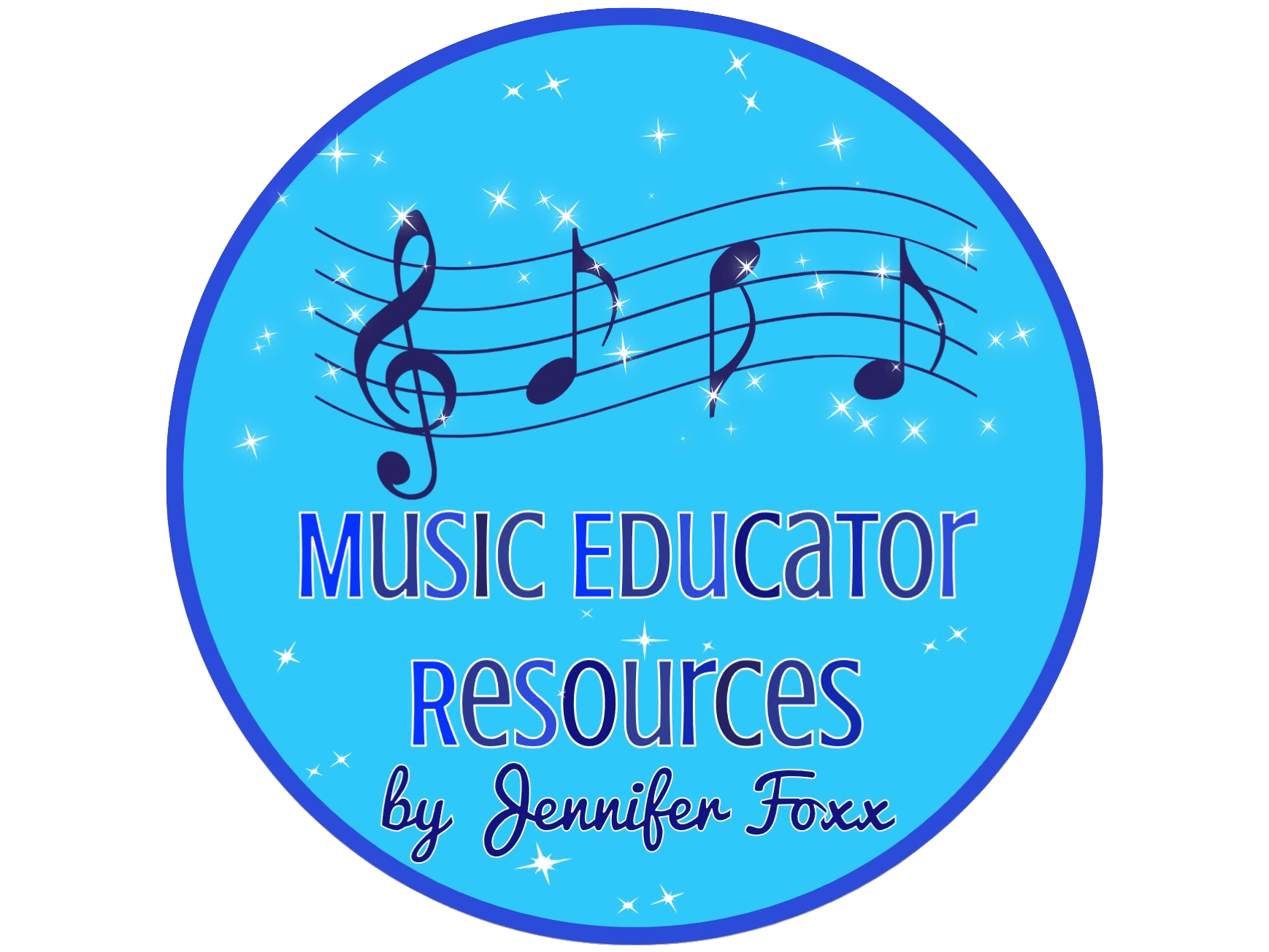
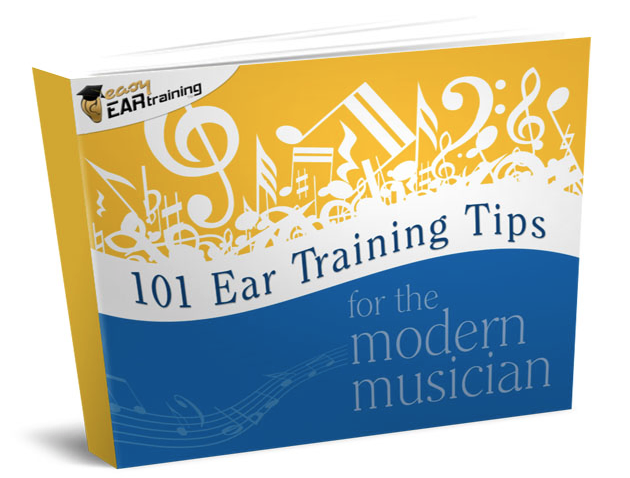

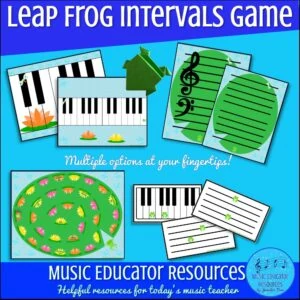
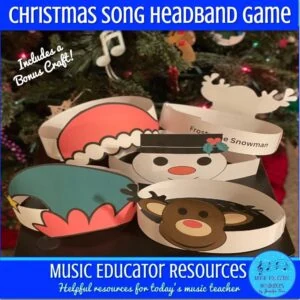
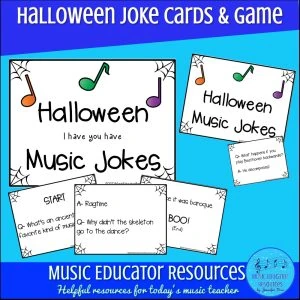
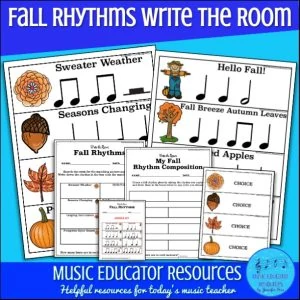
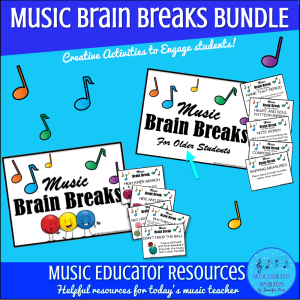
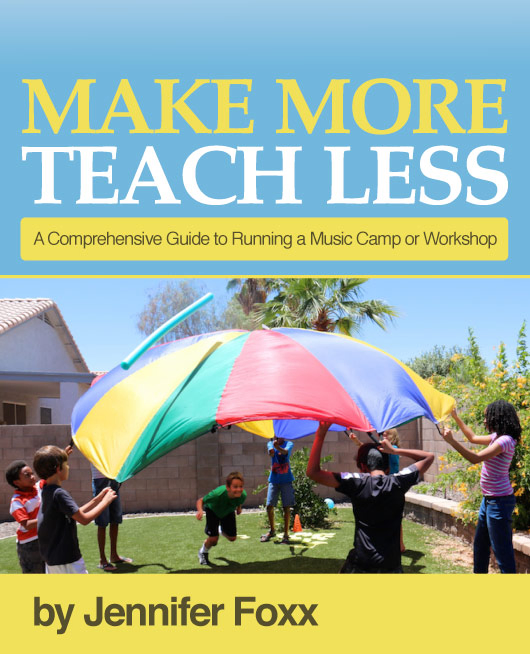
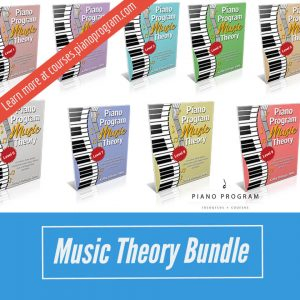
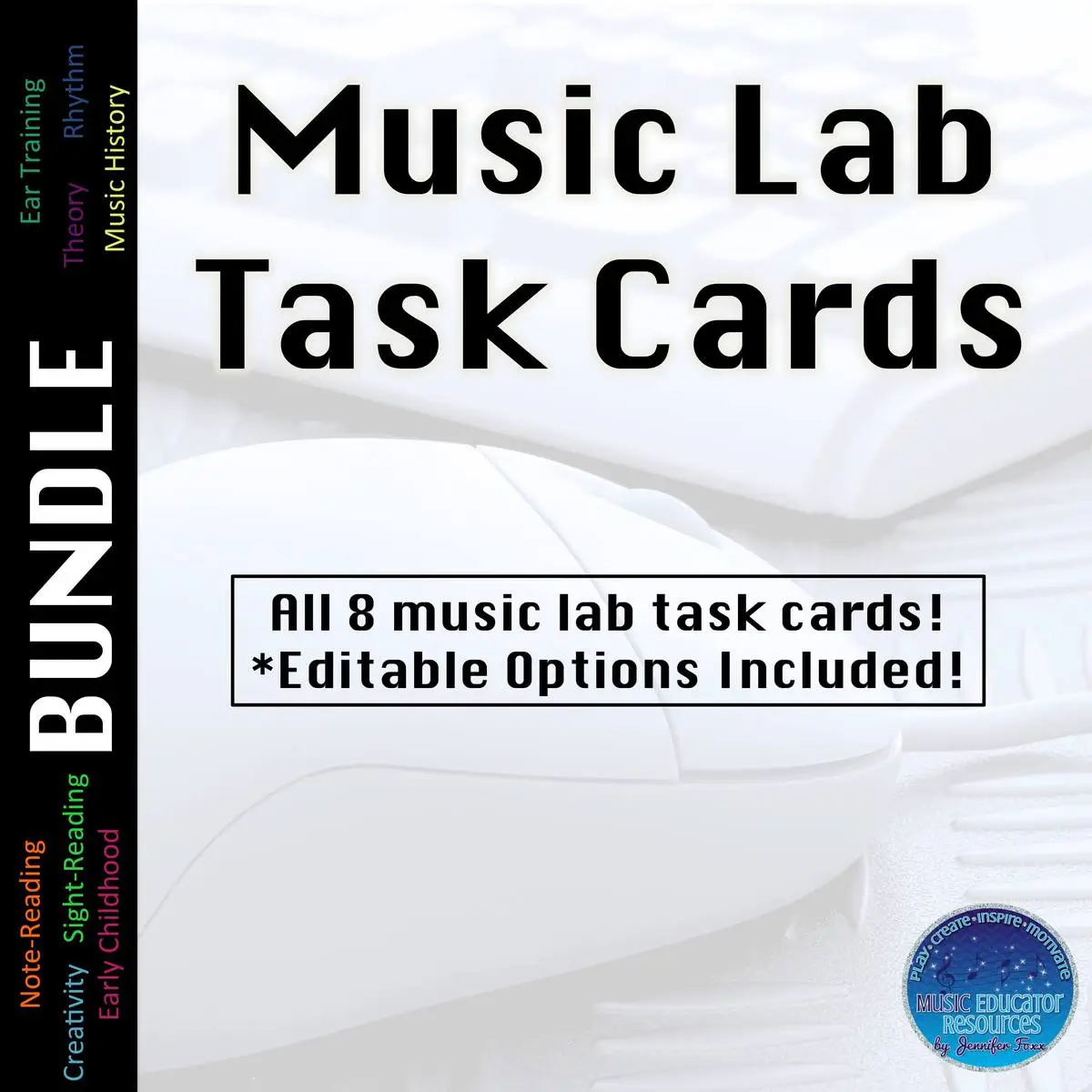
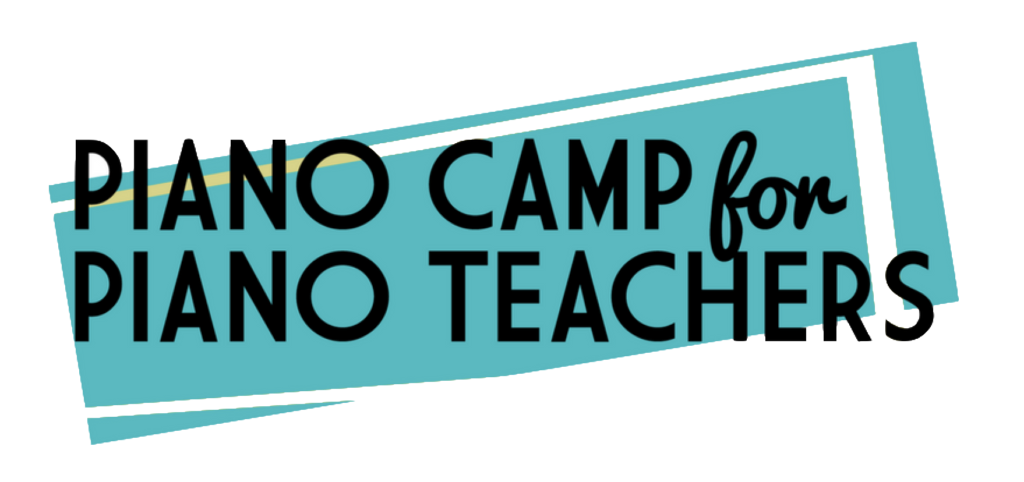
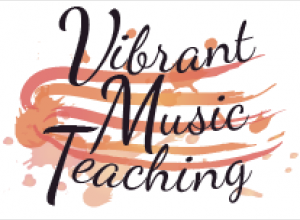

I don’t do as much Ear Training as I should, but manage to cover for Utah MTA’s AIM program. My students attend group classes once a month during the school year (in lieu of a lesson that week) and we cover rhythms, ear training, and theory, as well as music history (when time allows). I mostly use the Alfred Ear Training books, but keep looking for other resources. This book sounds like a terrific resource for all music teachers!
I like to sing melodies out loud & challenge my more advanced students to sing the solfege syllables while playing their Hanon exercises
My students need to study eat training for our yearly evaluations exam in the spring, and they all dread it! This books sounds like I can make ear training fun instead of drudgery! I’d love to win a copy!
I don’t have a set program for ear training, so unfortunately it doesn’t get as much attention as it should. This book sounds great!
For beginners, I pluck a string (violin) and either have them name the string or pluck the same string on their violins. As they get older, we branch out into more notes. I’d love more tips, though, on ear training!
This sounds really interesting and I like the idea of being able to share ideas.
This sounds fascinating. One of my adult students and I are working at playing by ear but I don’t really work at it with my younger students. I do want to implement something, though. I know it will make them better musicians.
I’m just starting to do some ear training with my students, other than what is already in their method books. I am using some materials from eartrainingandimprov.com by Kristin Jensen. She has several free games/worksheets and some materials you can purchase. I would recommend that you check it out! It would also be great to win 101 Ear Training Tips for more ideas.
Looks like a great resource! I also liked the 101 Ear Training FB page!
Christine, be sure to make a separate comment that you liked the FB page so you get another entry. 🙂
Hello! I am always striving to include more ear training in my teaching. I teach both percussion and piano lessons. In percussion lessons, we use ear training a lot when tuning timpani. In piano, I tend to do more ear training as patterns arise in a piece (i.e. chord progressions, common intervals, etc.). Would love a resource with more ideas for ear training! Thanks for your great post!
I incorporate ear training by using some pieces from the Suzuki piano method and by teaching well-known pieces by rote. The book looks like a tremendous resource. Thanks for the post!
I have to admit that ear training as a specific skill is not something I include very consistently in my teaching. This looks like a super resource and I would love to win or purchase it. Thanks for letting us know about this!
I just Liked this on Facebook. Interesting comments there too.
At group lessons I have students listen to each others performances and answer ear training songs related to the piece (major or minor? staccato or legato?). I also like playing group games like Interval Race (posted on my blog) to teach students to recognize intervals by ear. Tonic Tutor and Music Ace come reinforce concepts during piano labtime.
I use our state ISMTA ear training at my lessons. I also use different computer ear training games.
I just use the ear training exercises included in the theory books. This looks like a great resource. Thanks for the giveaway.